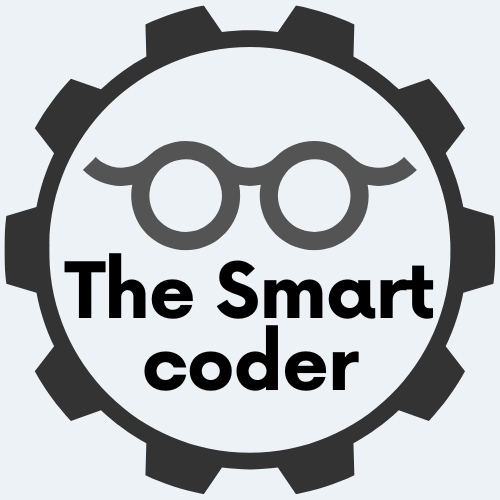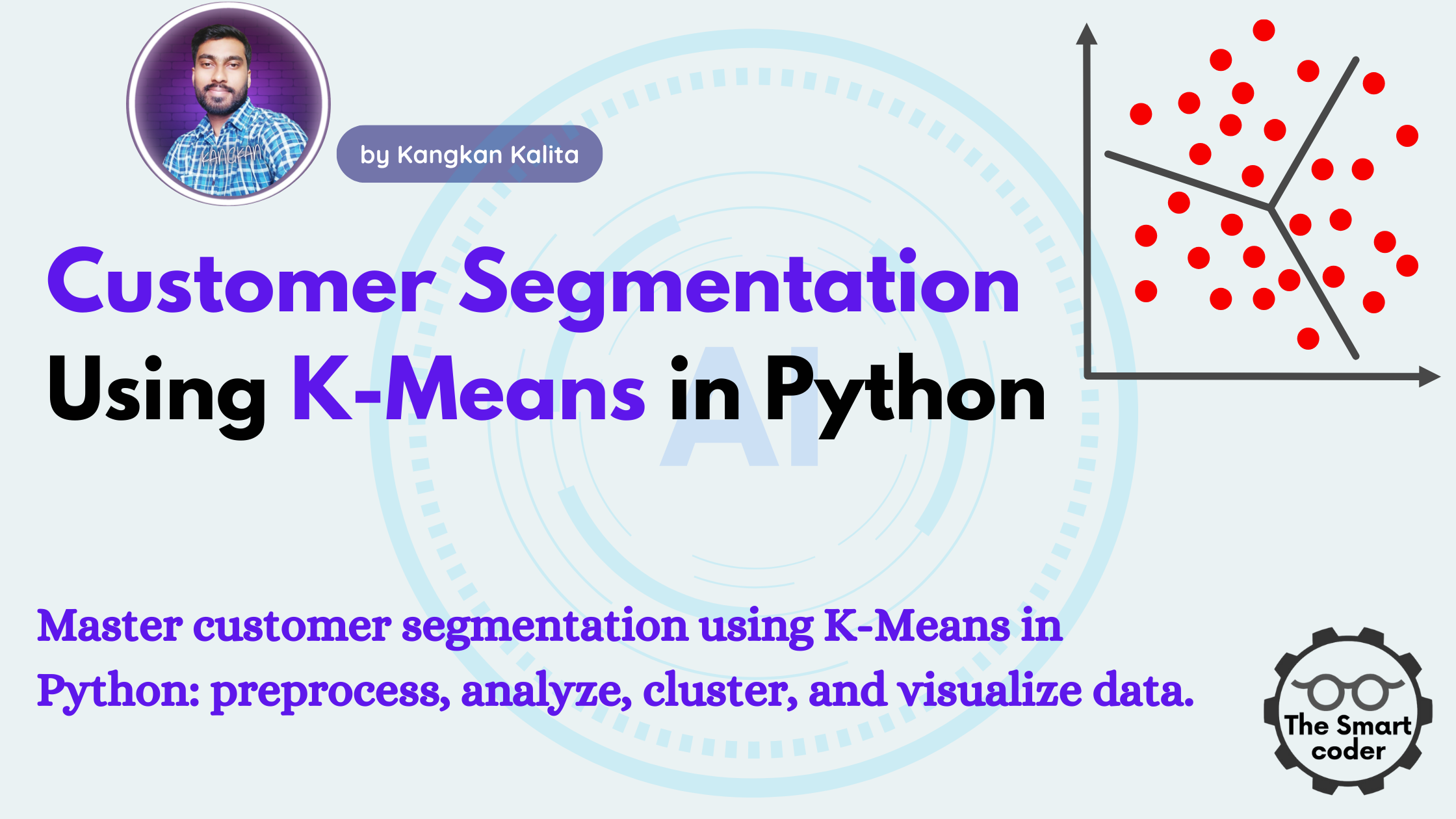Top 10 Machine Learning Techniques You Must Know in 2025
- Generative AI Roadmap in 2025: Skills, Tools, and Opportunities - August 11, 2025
- Most Used Statistical Concepts in Data Analysis: A 2025 Guide - August 5, 2025
- SQL for beginners : A Complete Guide - June 24, 2025

Machine learning is no longer optional for those working in tech. Whether you’re a student, data scientist, engineer, or AI enthusiast, understanding the core machine learning techniques is essential in 2025. With AI evolving fast, keeping up with the most effective and widely used types of machine learning helps you stay ahead of the curve.
In this post, we’ll cover the top 10 machine learning techniques you must know this year. We’ll break down each method in simple terms, explore how they work, and explain why they matter in real-world applications.
1. Linear Regression
What it is:
A supervised learning method that predicts a continuous outcome based on input variables.
Why it matters:
- Ideal for predicting prices, sales, and trends
- Easy to interpret and implement
Use cases:
- Stock price forecasting
- Housing price predictions
2. Logistic Regression
What it is:
A classification algorithm used to predict binary outcomes (yes/no, true/false).
Why it matters:
- Simplicity and speed
- Foundation for more advanced classification models
Use cases:
- Spam detection
- Customer churn prediction
3. Decision Trees
What it is:
A tree-structured model that splits data based on feature values to make decisions.
Why it matters:
- Easy to understand
- Works for both regression and classification
Use cases:
- Risk assessment
- Medical diagnosis
4. Random Forest
What it is:
An ensemble method that combines multiple decision trees to improve accuracy.
Why it matters:
- Reduces overfitting
- Handles missing data and imbalanced datasets
Use cases:
- Fraud detection
- Recommendation engines
5. Support Vector Machines (SVM)
What it is:
A supervised learning method that finds the best boundary to separate classes.
Why it matters:
- Effective in high-dimensional spaces
- Good for complex classification tasks
Use cases:
- Image classification
- Bioinformatics
6. K-Nearest Neighbors (KNN)
What it is:
A simple, non-parametric algorithm that classifies data based on the closest data points.
Why it matters:
- Easy to implement
- No training phase required
Use cases:
- Recommender systems
- Pattern recognition
7. K-Means Clustering
What it is:
An unsupervised algorithm that groups similar data points into clusters.
Why it matters:
- Efficient and scalable
- Helps in pattern discovery
Use cases:
- Market segmentation
- Customer behavior analysis
8. Principal Component Analysis (PCA)
What it is:
A dimensionality reduction technique used to simplify large datasets.
Why it matters:
- Improves performance of ML models
- Reduces noise and redundancy
Use cases:
- Image compression
- Genomic data analysis
9. Neural Networks
What it is:
A set of algorithms inspired by the human brain, used for deep learning.
Why it matters:
- Can model complex relationships
- Forms the base of modern AI systems
Use cases:
- Speech recognition
- Self-driving cars
10. Reinforcement Learning
What it is:
A learning paradigm where agents learn by interacting with an environment to maximize a reward.
Why it matters:
- Powerful for sequential decision-making
- Backbone of many game-playing and robotics systems
Use cases:
- Game AI
- Robotic control
Conclusion
Mastering these machine learning techniques in 2025 is crucial for anyone involved in data and AI. From traditional models like linear regression to advanced neural networks and reinforcement learning, each method plays a vital role in solving different types of problems.
By understanding these methods, you’ll be better equipped to choose the right approach, improve model performance, and drive innovation in your field.
Explore More Data Science Projects
Machine Learning Projects For Beginners: 10 Fun Ideas to Build Skill Fast
Predicting House Prices using Machine Learning
FAQs: Machine Learning Techniques
1. What are the main types of machine learning?
There are three main types: supervised learning, unsupervised learning, and reinforcement learning.
2. What’s the difference between supervised and unsupervised learning?
Supervised learning uses labeled data, while unsupervised learning finds patterns in unlabeled data.
3. Is deep learning a type of machine learning technique?
Yes, deep learning is a subset of machine learning that uses neural networks with multiple layers.
4. Which machine learning technique is best for beginners?
Linear regression or decision trees are great starting points due to their simplicity and interpretability.
5. How do I choose the right ML model for my problem?
Consider your data type, size, problem (classification or regression), and model complexity. Experimentation is key.
Stay curious, keep experimenting, and don’t just learn the techniques—learn when and why to use them.






